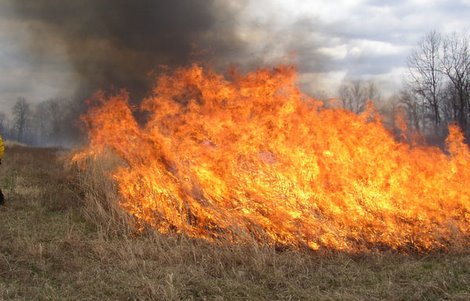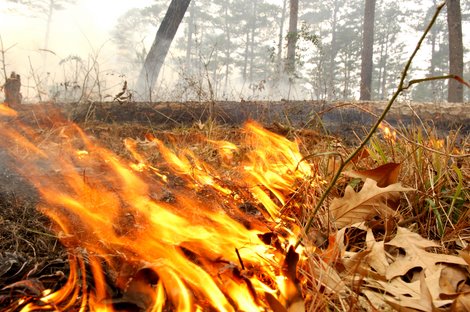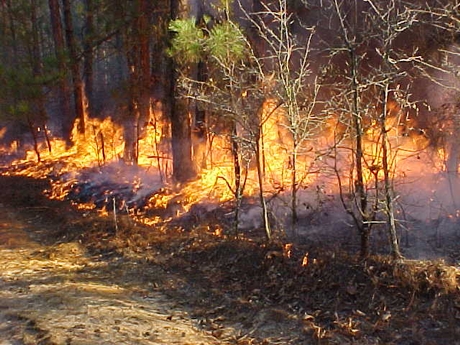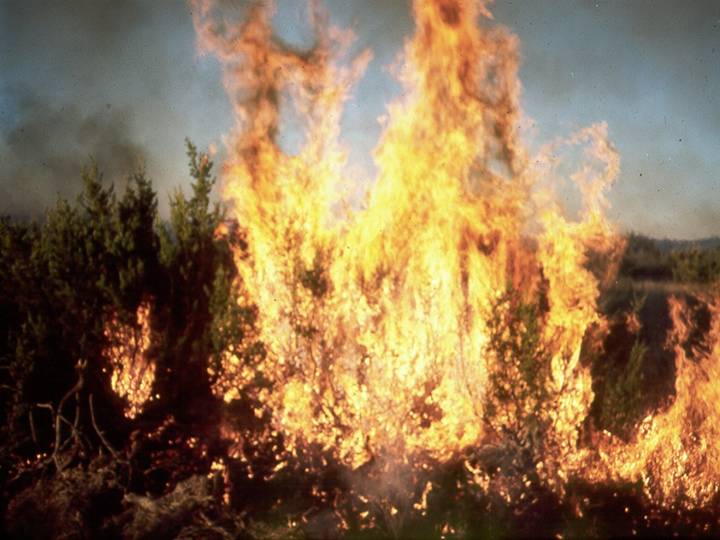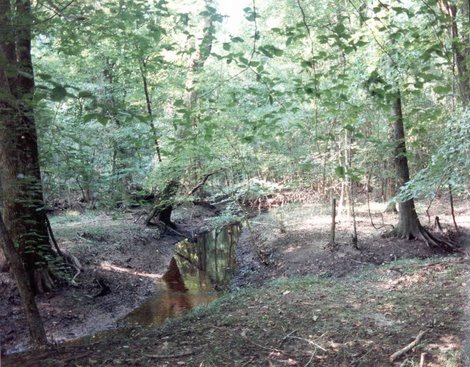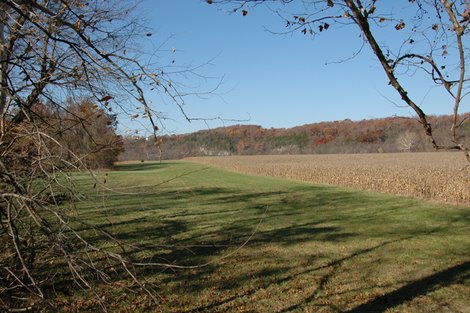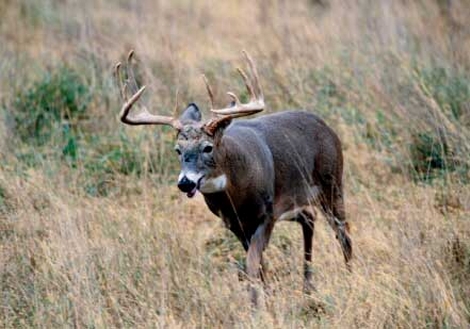
One of the questions often asked is, “Can I manage for both livestock and wildlife on a profitable basis?” Well, the answer is “yes” and it’s easy to implement. One of the primary objectives of a sound deer management program is to assure that plants provide for leaving adequate food and cover for deer and other wildlife during a cattle operation.
Often times, brush management — rather brush clearing — is desirable because cattle eat grass. However, one thing to keep in mind is that deer do not eat much grass at all! But if brush clearing is desired, make sure that it is done properly so that deer are not adversely impacted. For example, deer like a open to wooded ratio of about 50:50, so make sure your property is represented with at least 50% brush or woody cover.
However, keep in mind that the west side of your property shouldn’t be the open half and the east side of your property the wooded half if you desire deer across your land! Since whitetail are primarily browsing ruminants, make sure woody patches are distributed throughout your property so that deer can utilize browse and forbs evenly. Make sure travel corridors are available so that deer can securely travel witin your property. Wildlife will only succeed where their basic requirements of food and cover are satisfied. Continue reading “Can I Manage for Livestock and White-tailed Deer?”

